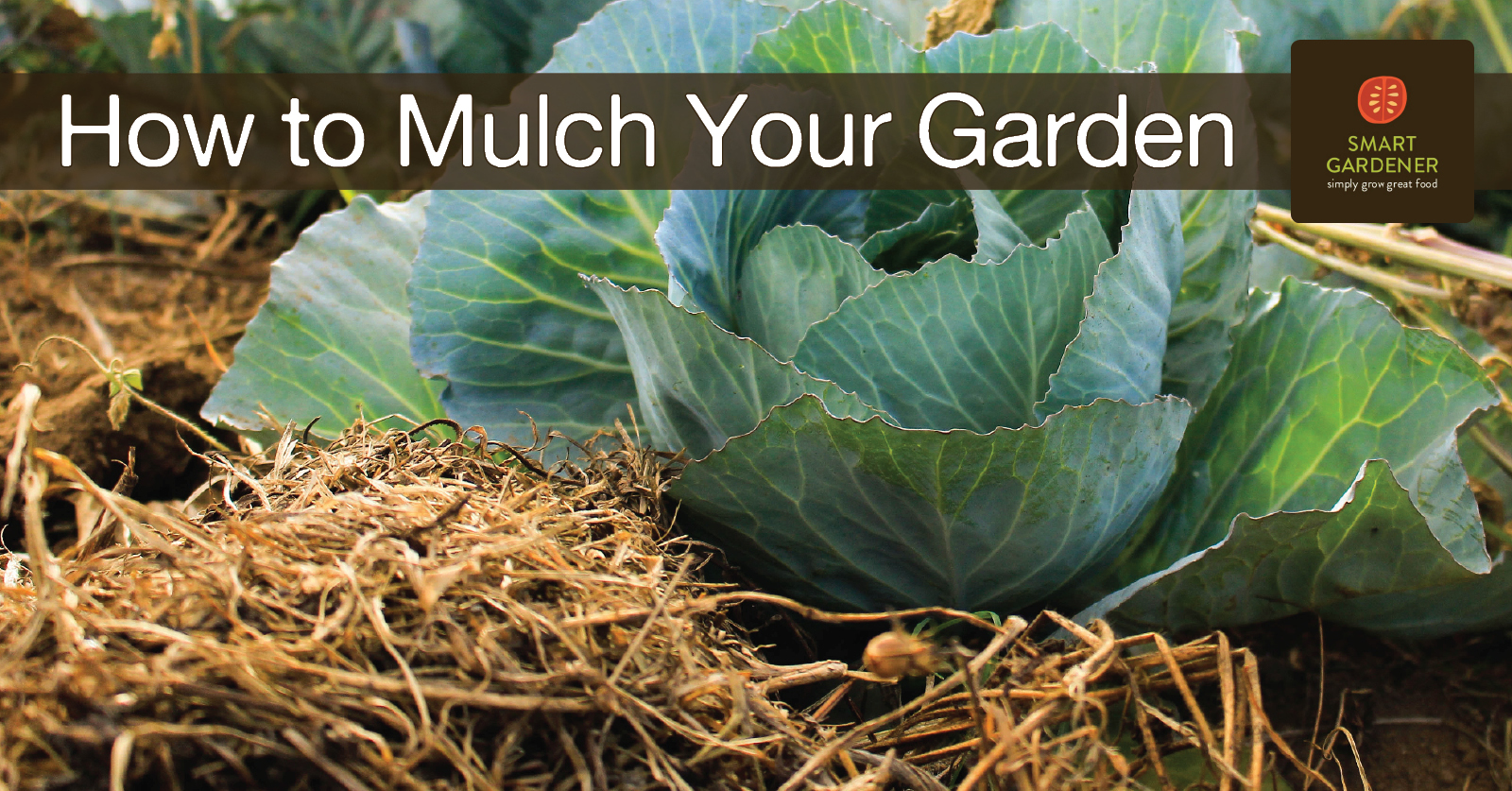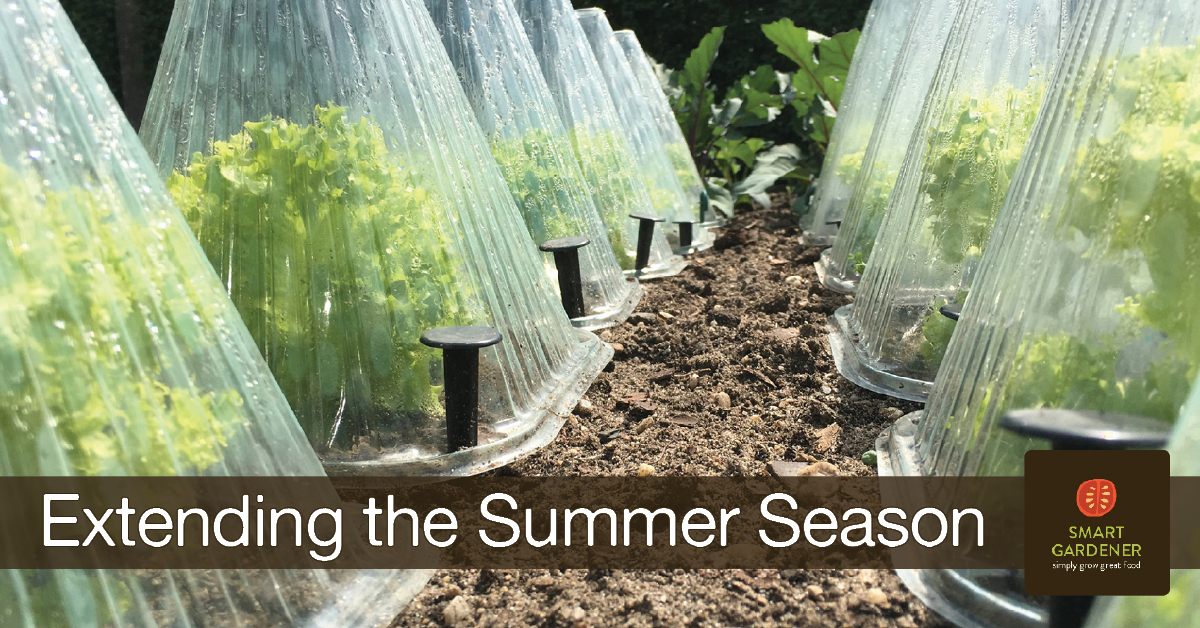Tag: mulch
-

How to apply mulch to a vegetable garden
Mulch is an indispensable part of the vegetable garden, with a multitude of benefits. We’ve got tips to help you know how much to add and when to add it.
-

Extending Your Summer Garden Growing Season
Extending your summer garden growing season is surprisingly easy. With a little planning you can continue to harvest tender plants like lettuces and tomatoes for several weeks, and maybe longer.

